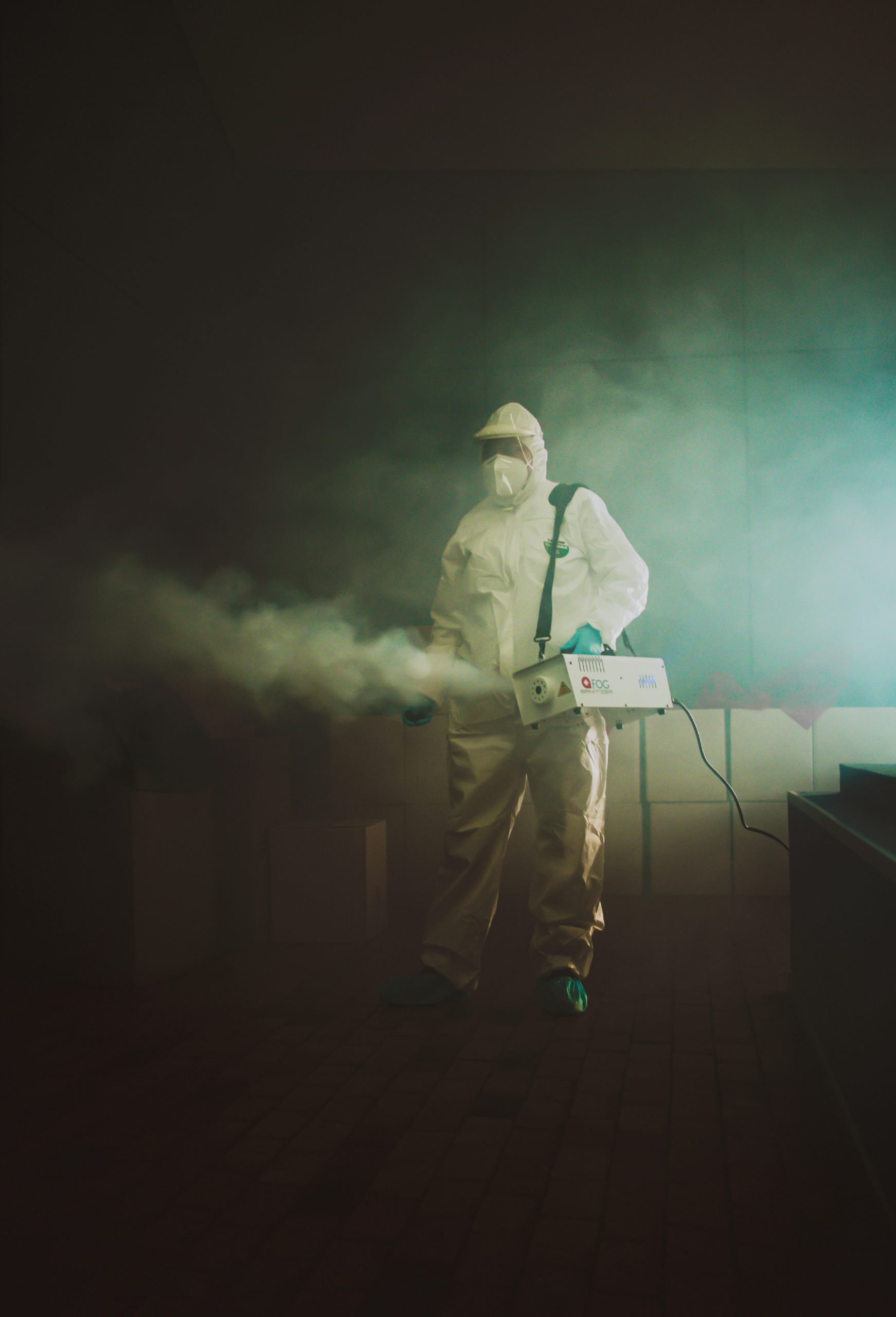Disinfection Program
Most industrial establishments follow basic cleaning and hygiene protocols, either as internal practice or regulatory compliance.
Most industrial establishments follow basic cleaning and hygiene protocols, either as internal practice or regulatory compliance.
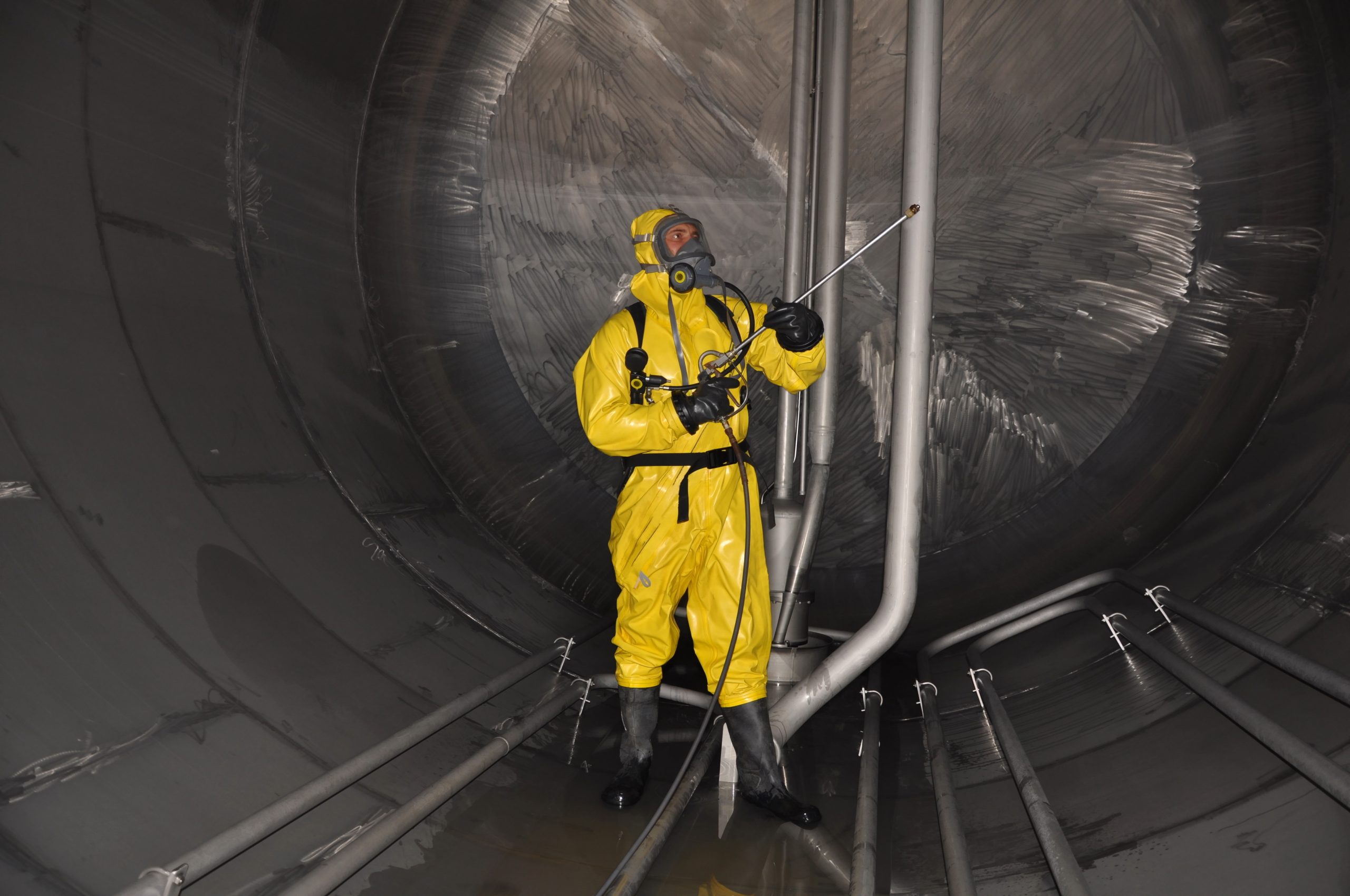

The COVID-19 pandemic has triggered a shift in basic cleaning and hygiene protocols in industrial establishments. It’s now critical to clean, disinfect, and sanitize both premises and assets to prevent the transmission of infections and diseases. Our Business Facility Disinfection Program provides industrial cleaning solutions to help meet this need.
Experts predict that the world will experience more infectious diseases and pandemics in the future, largely due to climate change or spillover from animals to people. As a result, the World Health Organization (WHO), Centers for Disease Control and Prevention (CDC), and the United States Environmental Protection Agency (USEPA) emphasize the importance of thorough cleaning and disinfection of facilities with industrial cleaning solutions.
Hand sanitizers alone aren’t sufficient to prevent diseases since infected surfaces pose a high risk of transmission. Therefore, regular cleaning, disinfection, and sanitization of all areas and surfaces on your industrial property are necessary. Ensuring the health and safety of employees and customers is crucial, regardless of your company’s nature of operations, be it a factory, manufacturing/production unit, warehouse, food production company, transportation provider, or maintenance zone. Failure to take action can lead to disappointed expectations from them.
Common infection hotspots in industrial settings include machinery and tools, equipment and control panels, vehicles, walkway and stair handrails, office and canteen areas, as well as restrooms.
NCH Asia Pacific offers a cost-effective and thorough sanitization and disinfection program to ensure the safety and cleanliness of your business. Our Business Facility Disinfection Program recommends following these three steps for optimal results:
Standard cleaning is crucial before disinfecting and sanitizing. Soap/detergent and water can be used for cleaning to remove dirt, debris, dust, and other organic and inorganic materials that may harbor bacteria. Disinfection or sanitization without prior cleaning can lead to these materials becoming breeding grounds for harmful microbes, causing further contamination and reducing the effectiveness of disinfection and sanitization.
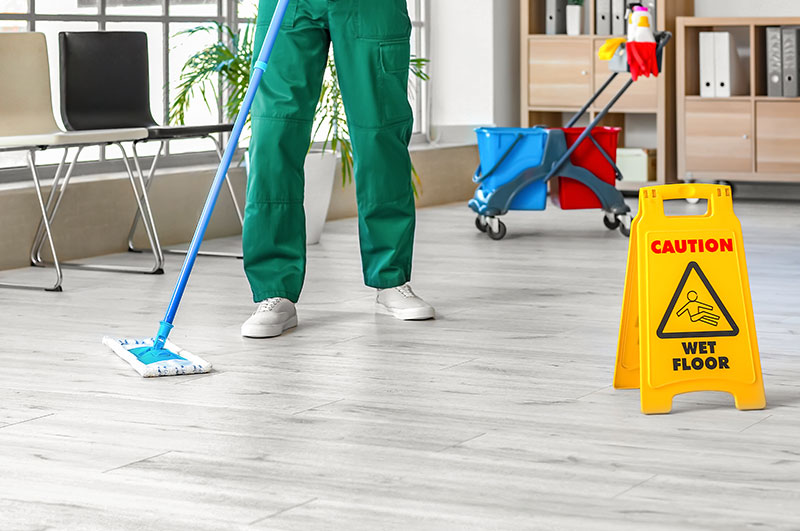
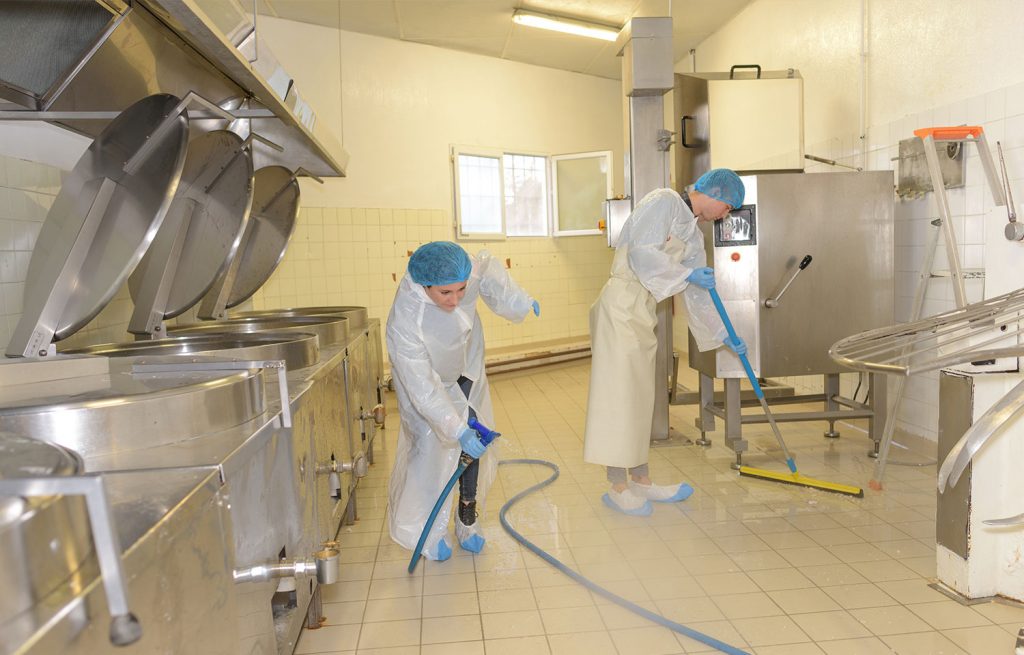
Sanitization after cleaning can further decrease the presence of viruses and bacteria on surfaces to a safe level. While it may not eliminate them entirely, this step is crucial in reducing the transmission of infections and should not be skipped.
You should carry out disinfection in the following areas:
Cleaning, disinfecting, and sanitizing should be a regular, preferably daily, activity to ensure cleanliness and safety. Our industrial cleaning solutions can help maintain a germ-free environment, minimizing the presence of microorganisms.
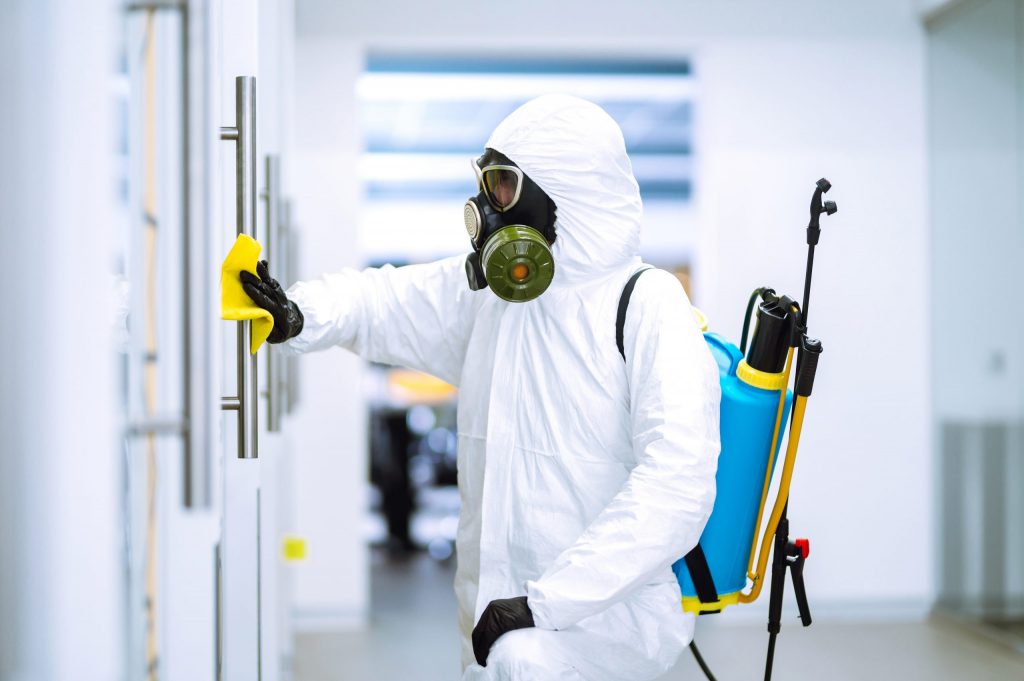
Read more case studies here
NCH has been servicing various industries with maintenance. Find your industry for more information and products.
